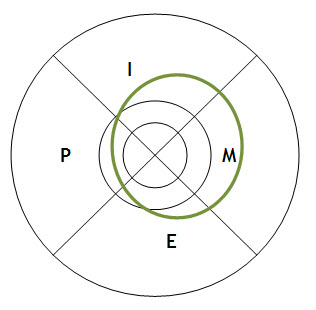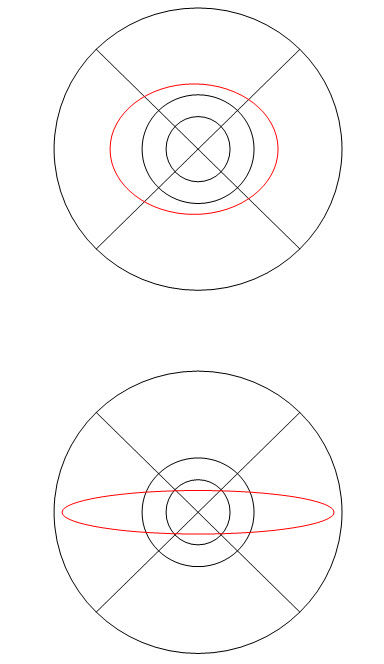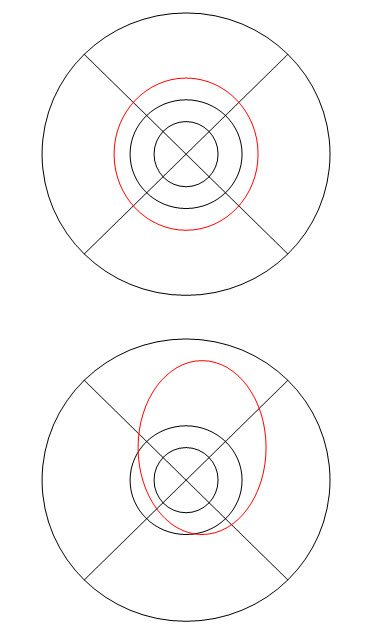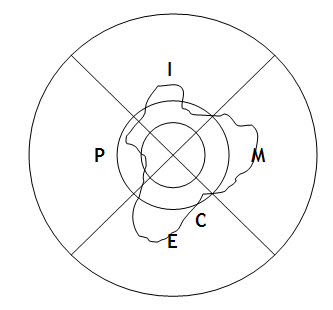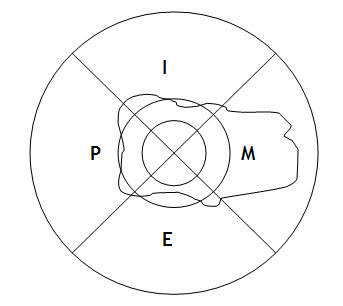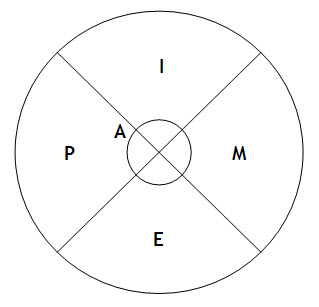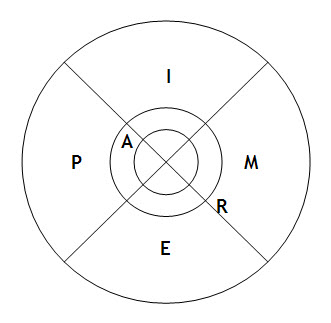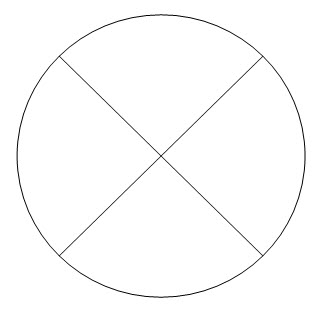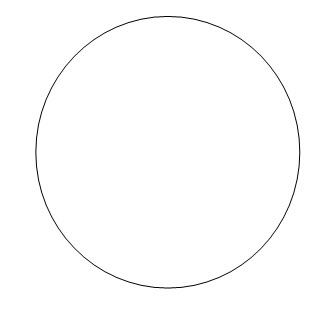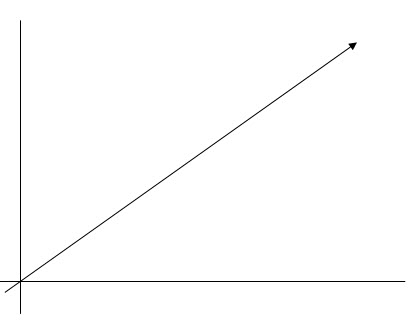A word of explanation concerning my reasons for creating this blog is needed.
I already have a blog, with a significant number of readers. That is the Tax Research blog, and as its name suggests, it’s mainly about tax, and how to create tax justice for ordinary people in the UK and developing countries: justice they are denied at present because of the existence of tax havens and the abusive behaviour of multinational corporations and the lawyers, bankers and accountants who provide them with tax avoidance services.
This blog is about something different. It’s about economics: a new type of economics, and in particular a new economic theory. They audience may not be the same. And in any event, since this blog is about the production of a single idea, longitudinally over time, it needs to have space dedicated to it, and it alone.
The idea I want to explore is a simple one. It is that we humans need to give up the idea that we maximise our happiness, wealth or income, all of which ideas are implicit in the economics which governs behaviour in our society. I suggest that we need to practice the concept of having enough instead, but that in the process we will in fact be better off. If I could explain why in a sentence or two I would; it would save me a lot of time. The fact is that, at least as yet, I can’t. Hence this blog.
So why do this now? And why do I think it’s my job to do this? The questions are linked. The answer requires a little background information, but since I like to know who is putting ideas to me (which means I thoroughly dislike the anonymity which characterises much of the blogosphere), please excuse some personal explanations for a moment.
I am 51 when writing this. I trained as an economist at university. Except I’d read E F Schumacher’s ‘Small is Beautiful‘ before I went. And E J Mishan’s The Cost of Economic Growth. And quite a bit of Keynes. You could say I had a sad sixth form, but I’d disagree: I was a nascent green in the making. So university economics was a bit of a shock. Within a term I’d realised that it did not offer an explanation of what happened in the world. It was quite clear to me that people did not, and could not, behave in the ways described by those teaching economic theories to me. Very obviously this ‘positive economics’ I was being taught was in fact highly subjective, and sought to impose a system of behaviour, not describe one.
The result was a crisis: I switched to joint honours with accountancy but stuck to the course as a whole; it provided too many opportunities to be editor of the university newspaper, partake in politics and much more besides to forego. So I graduated as an economist with some accountancy on the side, and became a chartered accountant.
Then at 25 I had to decide, which was it to be: accountancy or creating a new economics? I registered for a PhD. I went to the first TOES – ‘The Other economic Summit’ progenitor of much that has happened in this area – and I started a firm of accountants at the age of 26. Accountancy won. I’m glad it did. My ideas simply weren’t good enough then. I needed real world experience to let them develop.
But I never ignored my interest in a new economics. I’ve been working on it for twenty five years now, off and on, but pretty much on the same course throughout. This blog will reflect, and I hope develop, that thinking.
But why now? Partly because I’m 51. Half a life time thinking about this is long enough. Now it is time to give this stuff an airing.
Partly because I’ve found that I have a voice: my work on tax has given me that.
Partly because it is very obvious that there is a need for a new theory of economics. As Tim Jackson said in his introduction to his report published in March 2009 for the Sustainable Development Commission :
What we still miss from this is a viable macroeconomic model in which these conditions can be achieved. There is no clear model for achieving economic stability without consumption growth. Nor do any of the existing models account fully for the dependency of the macro-economy on ecological variables such as resources and emissions. In short there is no macro-economics for sustainability and there is an urgent need for one.
Is what follows that model? I’m not the person to answer that. It’s just my contribution to debate, and as I’ve discovered from my work on tax justice, making such contributions can both be worthwhile, and can change things. If for the better then making the effort is worthwhile.
Mainly though I am writing this because I feel I have little option but do so. The choices I made, the life I have lived will not be available to my sons. James and Thomas are 8 and 6 (or nearly seven, as I am reminded, often). I was brought up in a world where most believed there were no constraints. They were wrong. Very wrong. We are very, very constrained. But we have still to work out how to react to that truth. That model of economics I was taught at university is the main impediment to that absolutely essential process of change. It still says that growth is good, and that there is no alternative.
I believe there is an alternative. I have to believe that. If I there is not then I can’t imagine the problems that might be faced by people around the world as my natural lifespan might draw to a close, and what inheritance I might leave to my sons, and all others of their age.
So this blog is really for James and Thomas, and all of their generation.
But as with just about everything I do in life it’s only possible because of the love, support and encouragement I receive from Jacqueline, my wife. So it’s for her too, with thanks.
And what is the aim? Simply this: to create a new economic model that can be taught as a system, that can replace the dire view of life that is presented in schools and on undergraduate university courses almost everywhere as if it were the truth about how people and businesses operate: that they really do profit maximise in a perfect and unconstrained world in which the gifts of nature are free and boundless. Let me assure you: I know that economists have tried to overcome the constraints these assumptions impose in higher level work. But that really does not matter. It is the basics that are taught in year one that people remember of their economics, and that is that life is all about profit and that unlimited growth is good. The aim of this blog is to help change that. It’s a big task. When I decide I’ve reached the end of the tale it will be for you to decide if I have succeeded. I can but try.
Richard Murphy
Downham Market, Norfolk, UK
June 2009

